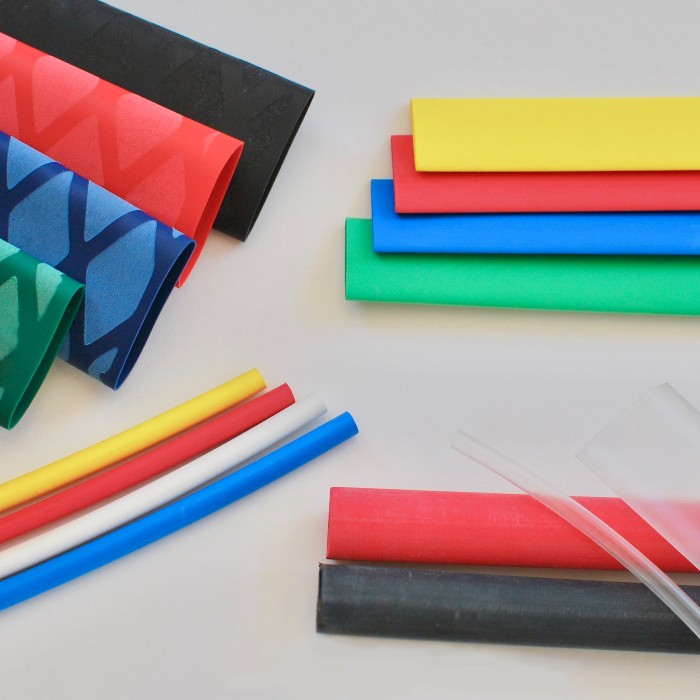Heat Shrink Terminology
Below are some common terms you may come across when browsing Heat Shrink Tubing and Cable ties that you may not be familiar with.
Monofilaments and Multifilaments
A multifilament is a combination of many small strands twisted together to form one single strand (like a piece of string)
A monofilament is a single end (like a Nylon guitar string)
VW-1 is an Underwriters' Laboratory (UL) flame rating for wire and sleeving. It denotes "Vertical Wire, Class 1", which is the highest flame rating a wire or sleeve can be given under the UL 1441 specification. The test is performed by placing the wire or sleeve in a vertical position. A flame is set underneath it for a period of time, and then removed. The characteristics of the sleeve are then noted. For a better definition of this test, please contact UL.
Plenum wiring, sleeving and zip ties
In building construction, the term plenum (pronounced PLEH-nuhm, from Latin meaning full) is used to define a space provided for air circulation for heating, ventilation, and air-conditioning (commonly referred to as HVAC). This space is typically located between structural ceiling and a drop-down ceiling. A plenum may also be under a raised floor.
In the event of a fire, most cabling would emit toxic gases which would then circulate through the HVAC system, causing these gasses to be circulated throughout the building. Plenum cabling is often made of Teflon or FEP, which is much more expensive than normal jacketing (e.g. PVC).
Halar sleeving is a much lower cost alternative to Teflon for jacketing bundles of cables. NOTE: putting plenum rated sleeving on your cable assembly does NOT eliminate the need for using plenum rated wire and cable in your system. Please refer to the appropriate NEC (National Electrical Code) and UL guidelines.
Limiting Oxygen Index
The LOI is a measure of the ratio of Oxygen to other gases in the air surrounding a substrate.
Normal atmospheric air (i.e. the air we breathe) is approximately 21% Oxygen, so a material with an LOI of less than 21% would burn easily in air. That being said, a material with LOI of greater than 21% but less than 28% would be considered "slow burning". A material with LOI of greater than 28% would be considered "self-extinguising". A self-extinguishing material is one that would stop burning after the removal of the fire or ignition source.
Here are some typical values for LOI of some popular plastic materials
Polyethylene, Polypropylene: 17.4%
PET: 21-34%
Nylon 6,6: 24-29%
Polyvinyl Chloride (PVC): 45-49%
Halar (E-CTFE): 64%
Teflon (PTFE): 95%
Nomex: 28%
Heat Shrink Terminology
